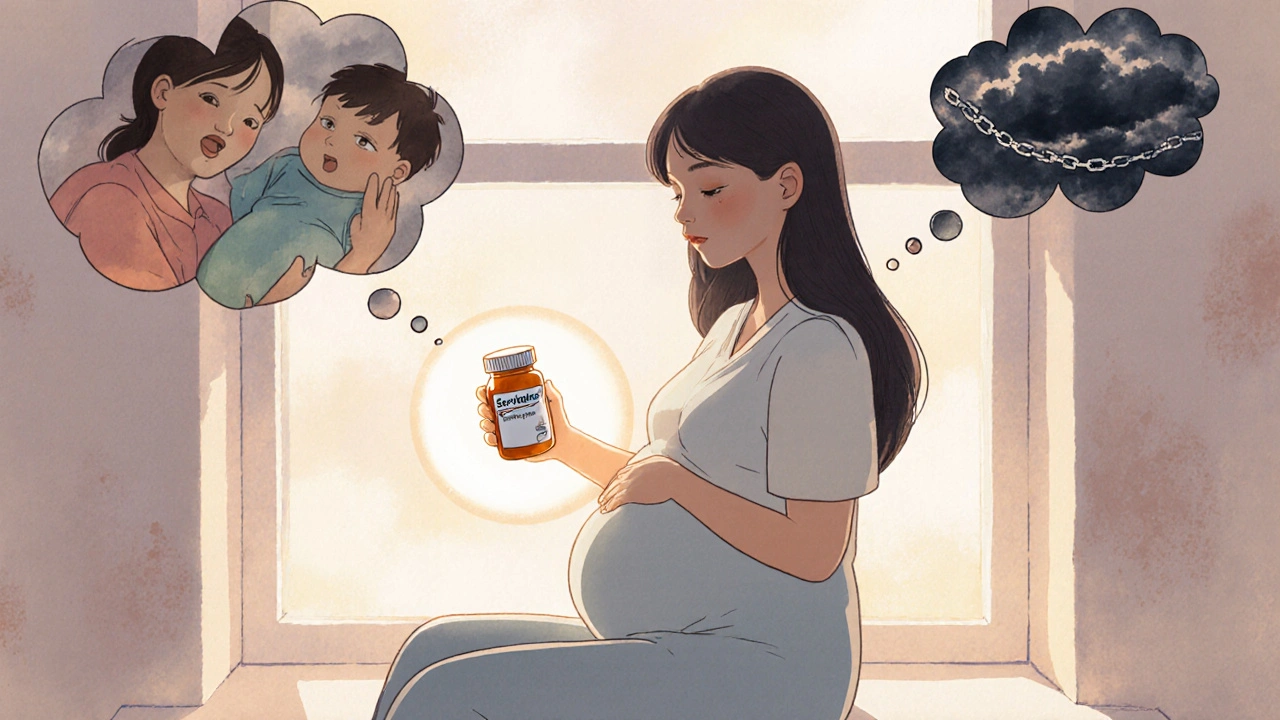When you start an SSRI, a class of antidepressants that increase serotonin levels in the brain to improve mood. Also known as selective serotonin reuptake inhibitors, they are among the most prescribed mental health medications worldwide. But safety isn’t just about whether it works—it’s about what happens when it doesn’t go as planned. SSRIs can help with depression and anxiety, but they also carry real risks: sudden mood shifts, dangerous interactions, and withdrawal that feels like a physical crash. These aren’t rare edge cases. They’re everyday concerns for patients, families, and doctors.
One of the biggest red flags is suicidal ideation, an increase in thoughts of self-harm, especially in teens and young adults during the first few weeks of treatment. It’s not the drug itself causing these thoughts—it’s the brain adjusting. Energy often returns before mood improves, and that gap can be dangerous. That’s why monitoring is non-negotiable. Parents, caregivers, and patients need to watch for agitation, panic attacks, or sudden calm after deep despair. The FDA requires black box warnings for this reason, yet many people still don’t know what to look for.
Then there’s serotonin syndrome, a rare but life-threatening reaction from too much serotonin, often triggered when SSRIs mix with other meds like tramadol, migraine drugs, or even St. John’s Wort. Symptoms include high fever, rapid heartbeat, confusion, and muscle rigidity. It doesn’t always show up in blood tests, so doctors rely on patient reports. If you’re on an SSRI and start feeling off after adding a new pill—even an over-the-counter one—don’t wait. Get help fast.
And let’s not forget SSRI withdrawal, a set of physical and emotional symptoms that can hit hard when stopping abruptly, even after months of steady use. Dizziness, brain zaps, nausea, and intense anxiety aren’t just "in your head." They’re real neurological reactions. Tapering slowly under medical supervision isn’t optional—it’s essential. Many people quit because they think the side effects are the depression coming back. They’re not. They’re the drug leaving.
SSRI safety isn’t about avoiding the medication. It’s about using it wisely. That means knowing your triggers, asking about drug interactions before taking anything new, tracking your mood daily, and never stopping cold turkey. The posts below cover real cases: how teens on antidepressants are monitored, why some nausea meds can clash dangerously with SSRIs, what to do when withdrawal hits, and how to spot the early signs of serotonin syndrome before it’s too late. These aren’t theory pieces. They’re tools for staying safe when your brain is changing.

SSRIs during pregnancy carry small risks, but untreated depression poses greater dangers. Learn which antidepressants are safest, what the real data says about birth defects and long-term outcomes, and how to make the best choice for you and your baby.
View more